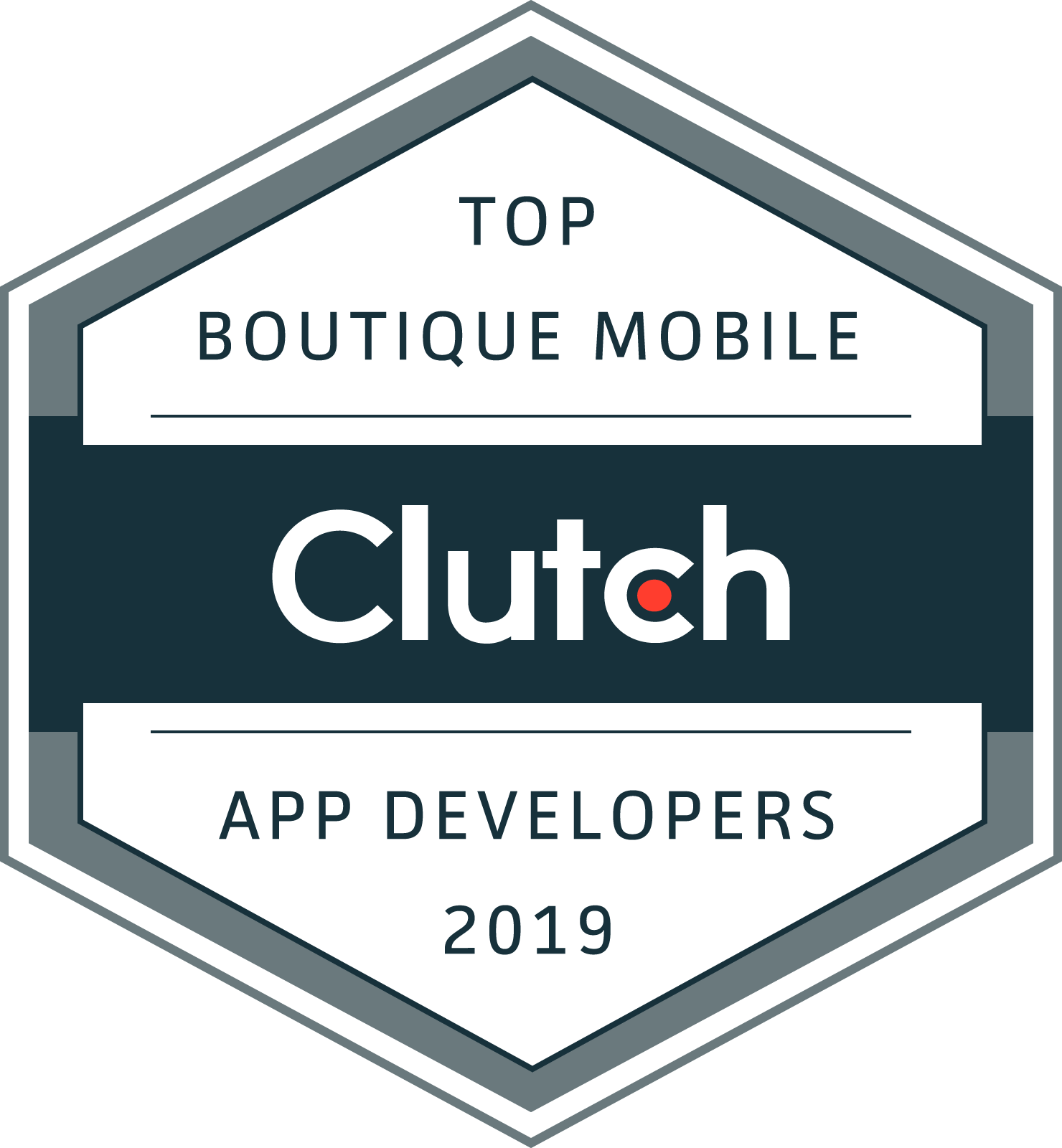
Thanks to Google I/O, we recently got our hands on the flashy new HTC EVO, a 4G Android phone that will be available on the Sprint network on June 4th. Being mobile fanatics, our first instinct was, of course, to compare the strengths and weaknesses of the iPhone 3G with the fancy Evo. As the first 4G smartphone to be released, the Evo has a lot going for it and could be the iPhone’s biggest competitor yet. That said, in comparing the two there is an element of speculation as we are fully expecting the announcement of a fourth generation iPhone sometime next week. With that in mind, here are 8 important differences between the Evo and the highly anticipated fourth generation iPhone that should be taken into consideration by anyone interested in purchasing either device (or developing software for them!).
1. Multitasking
Stated simply, with the Android 2.1 OS, the Evo multitasks seamlessly whereas multitasking with third party apps is not possible on the iPhone 3G or 3GS. While this function is not essential, it’s definitely a nice addition. The fourth generation iPhone is expected to offer this functionality with the 4.0 OS, but, like always with Apple, we’ll see what we’ll see.
2. 4G (Mobile Hotspot)
The term 4G, though not very well understood by consumers, refers to a network that allows devices to browse the mobile web and consume data at much faster speeds. The 4G network also has the capacity to support the usage of 4G enabled devices as mobile hotspots for WIFI devices such as laptops, iPads/tablets and more. This means you could take your notebook with you and browse the desktop Internet wherever your Evo could connect to the network. While we’re on that point though, it bears mentioning that the 4G network is still very limited. At this point, it’s only available in certain cities, and, even in cities like ours (Portland!) where it is offered, the network is spotty.
But at least the Evo developers are being clear with us about the 4G capabilities of the device. No one seems to be sure whether or not the new iPhone 4G will actually utilize the 4G network. In fact, some speculate that the marketing of the new iPhone “fourth generation” could be quite misleading—this could term could mean that it works on the 4G network, or it could just be a term for distinguishing it from the previous 3G and 3GS iterations of the iPhone while having nothing to do with the 4G network. Who knows.
3. The Native App Battle: Quantity v. Quality

This issue isn’t exclusive to the Evo, but the Android and iTunes App stores each have their shortcomings. In the case of the iPhone, app developers like us must follow fairly strict guidelines in order for Apple regulators to accept submissions and make the app available through the supposedly elite iPhone app store. Because this is a closed, exclusive market, it inevitably means missing out on some very cool apps.
Then again, that exclusivity eliminates what is becoming a problem with the Android app market—overcrowding. The iPhone app marketplace does seem to have higher quality, certified apps. We predict that the Android app marketplace may have the edge over Apple’s in the future because of its flexibility, but even that openness pales in comparison with that of the mobile web. Which brings up another exclusivity issue online casino you’ve surely heard a lot about lately…
4. Flash
There’s not too much to say here. Apple does not support Flash on the iPhone or the iPad, and Steve Jobs has made it clear that they never will. Meanwhile, Flash works on the Android OS, including the Evo. It isn’t seamless, and sometimes has troubles loading, but that’s still more than we can say for the iPhone.
5. Network Woes
Outside of the 4G matter, the iPhone will still be offered exclusively on the AT&T network (or at least for now we think…). As we all know by now, AT&T’s 3G service is not perfect and coverage is not infrequently spotty on their network. Unfortunately, Sprint’s may actually be worse. In our few days experimenting with Sprint’s coverage we were pained by the frequency of dropped calls, and lack of a signal. In this case, anyway, it may come down to selecting the better of two fickle networks.
6. Battery Life
When it comes to average battery cycles, the Evo hasn’t really evo-lved. Much like the iPhone, in our tests we found that the Evo could go just about one full day before the battery needed recharging and even at that rate several steps were taken to preserve battery life, such as turning off automatic notifications. But the same old argument still stands—Android phones (including the Evo) feature interchangeable batteries, unlike the iPhone. For smartphone users who are dependant on their mobile devices, having the option to carry a reserve battery could minimize the problem of the Evo’s short battery life.
7. Bigger Screen, Slimmer Form

The screen of the Evo alone is bigger than the entire iPhone 3G body, but the device itself is slimmer. It also has an incredible screen resolution, which makes for a visually sensational user experience on the Evo. If the pictures from the Gizmodo article on what is thought to be a prototype of the new iPhone are accurate, however, the new iPhone will be slimmer and sleeker too. It will also have a bigger screen and such a high screen resolution that some are referring to it as the iPhone HD, so the Evo’s dominance in this field may prove to be short-lived.
8. 8 MegaPixel Camera
The quality of the images that the Evo captures is incredible for a mobile device. Furthermore, it records HD videos. In photo-experiments with the iPhone 3G and the Evo, there was no competition; the Evo’s photo and video capacities dominated. The Gizmodo article on the new fourth generation iPhone indicates that it too will feature an improved camera and lens, and thereby boast better photo/video functionality, but it would be hard-pressed to outperform the Evo here.
Ultimately, our observations from experimenting with the HTC Evo for a few days did not lead to any immediate conclusion, other than that the Evo is a VERY cool Android phone. As you can tell from these points, it is clear that the Evo surpassed the iPhone in certain arenas, but with the fourth generation iPhone on it’s way soon, we might see competition heat up in these fields shortly. We’re not telling you to go out and buy the Evo right now (or wait for the iPhone 4G), but if you need help choosing (or want to know the difference from a consumer’s perspective) these 8 tips should provide you with a strong basis of comparison in regards to the features and functionality of these two super-smartphones.



